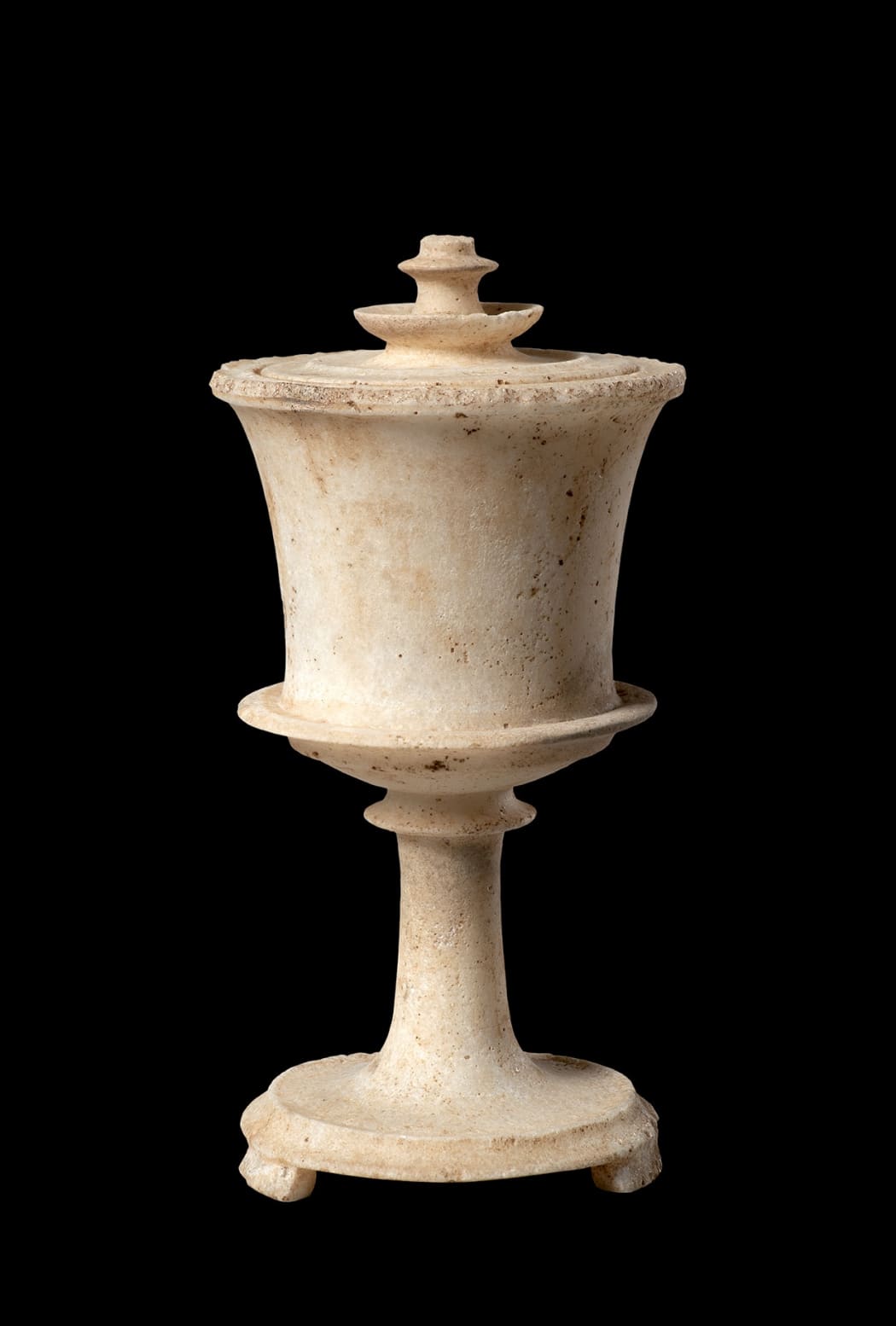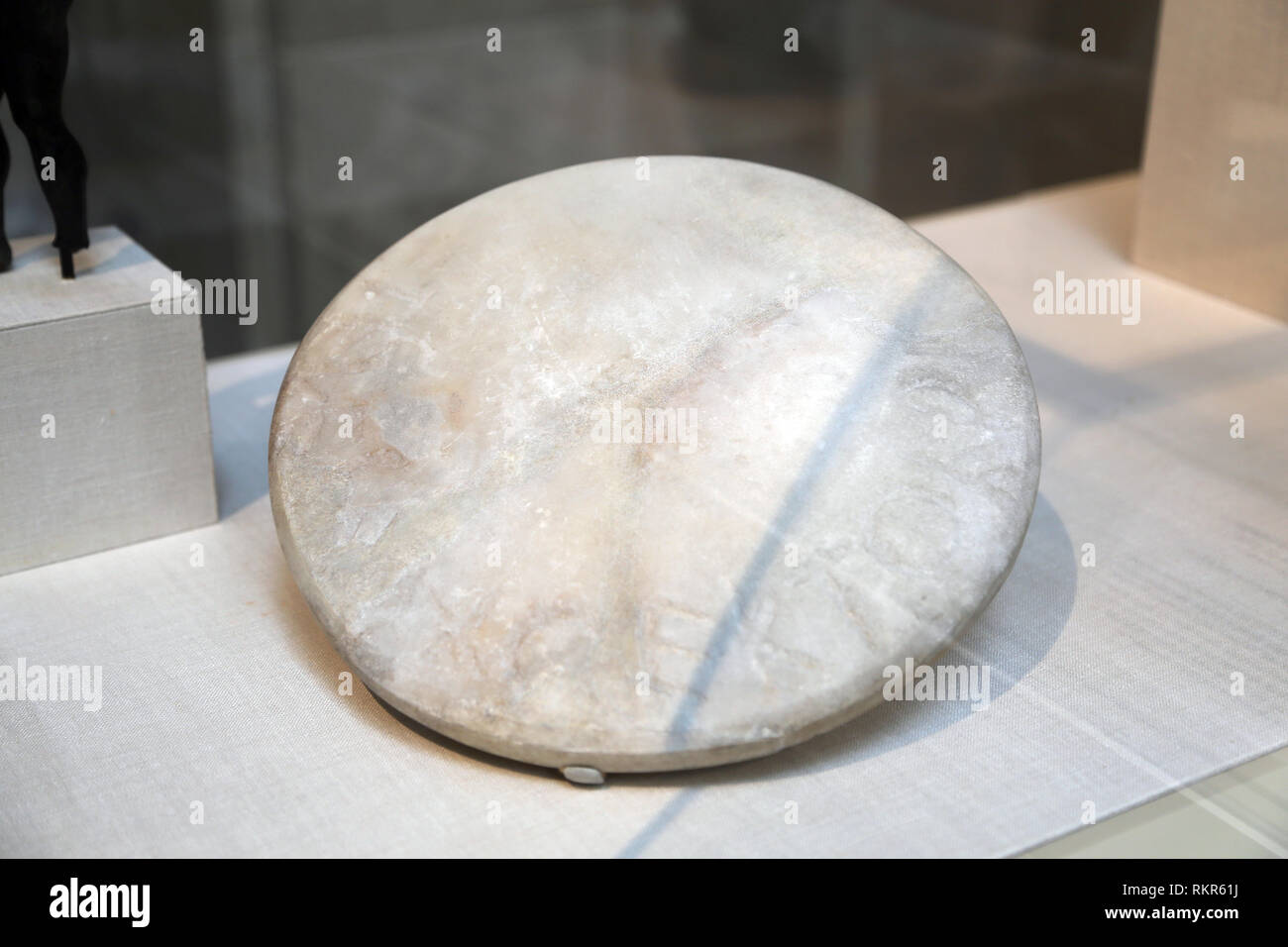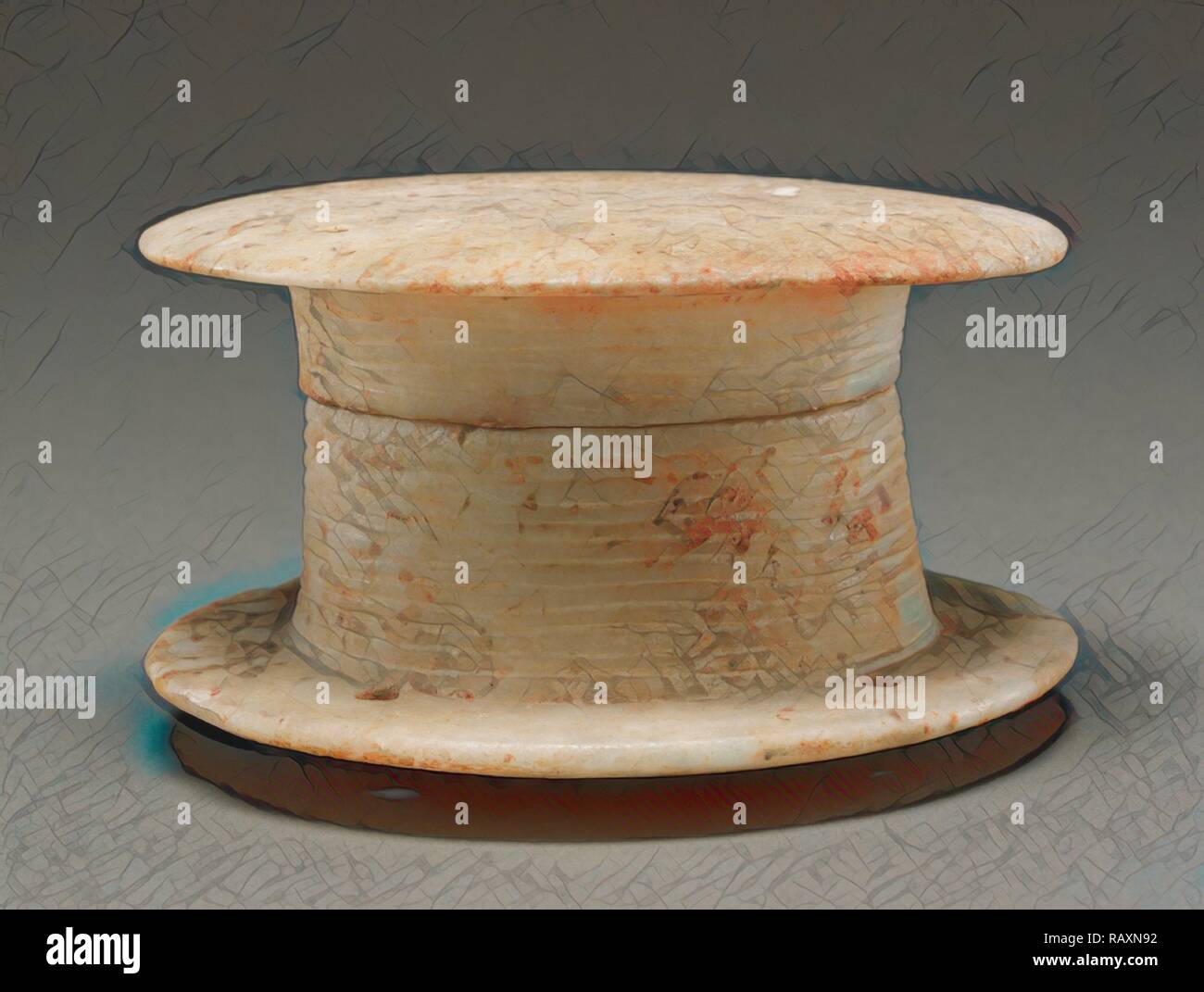Attic Marble Pyxis
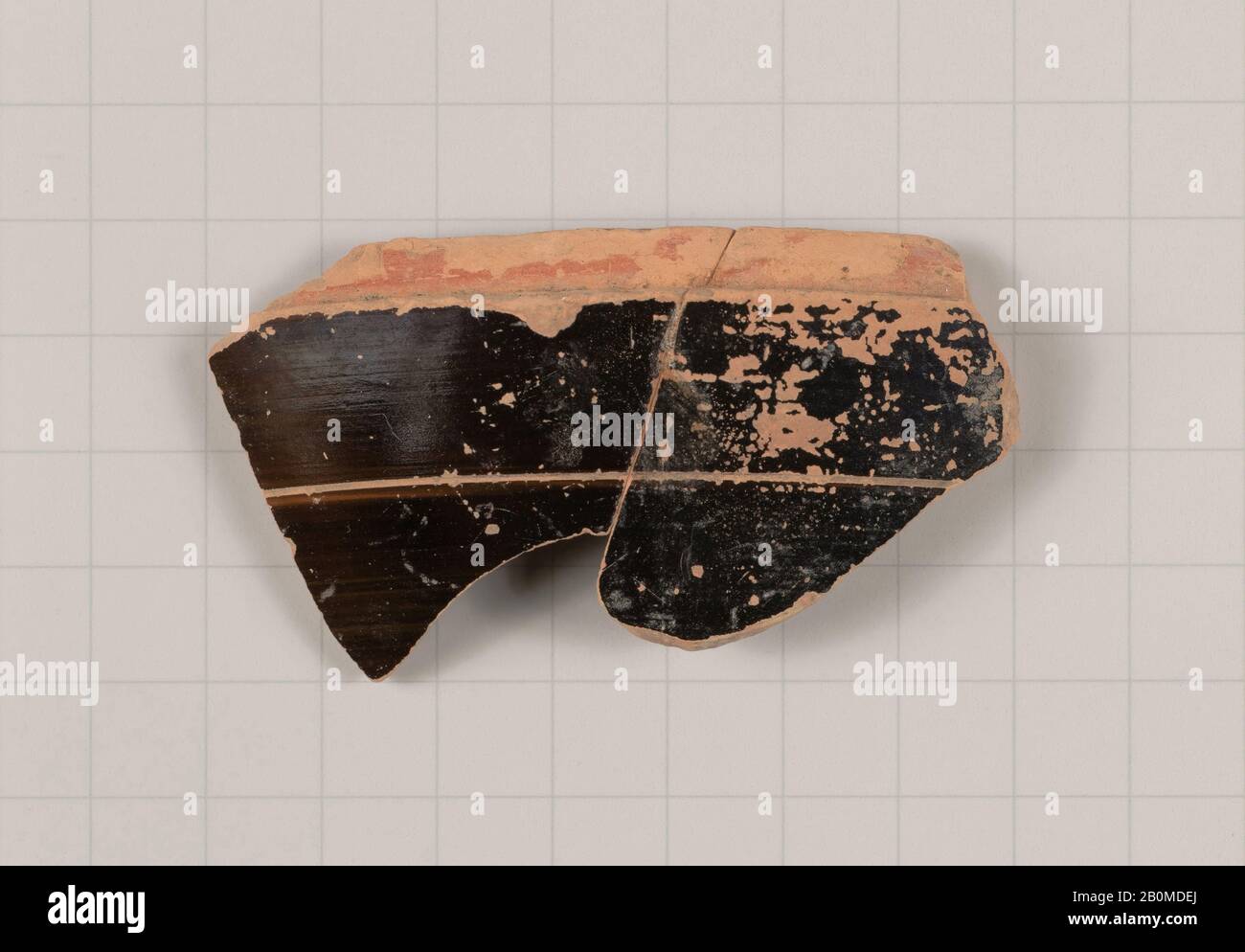
Find the perfect attic greece stock photo.
Attic marble pyxis. Marble pyxis box classical late 5th early 4th century b c greek attic marble paint h. As classical painters sought to achieve ever more complex effects with the limited possibilities of red figure the white background gave new prominence to the glaze lines and polychromy. It developed in the region of attica dated to about 500 bc it was especially associated with vases made for ritual and funerary use if only because the painted surface was more fragile than in the other main techniques of black figure and red figure vase painting. Greek marble working of the classical period is generally associated with architecture and monumental sculpture.
It is likely that it was orginally painted. The knob usually found on the lid is replaced here by a remarkable sculpted group apparently representing a quadriga four horses harnessed abreast to a two wheeled chariot. On the lid embossed circles around a wreath of rays in the centre three projections with double aperture for suspension. The grave stele of hegeso most likely sculpted by callimachus is renowned as one of the finest attic grave stelae surviving mostly intact today.
7 x 11 3 cm miscellaneous stone vases this pyxis is particularly important for the traces of polychromy preserved on the lid. 2 3 4 x 4 7 16 in. Marble pyxis cosmetic box greek 450 400 bc a villanovan bronze circular lidded pyxis 725 675 bc with straight sides decorated with six rows of embossed circles. White ground technique is a style of white ancient greek pottery and the painting in which figures appear on a white background.
Greek marble pyxis early fifth century b c with knobbed cover. Marble pyxis box late 5th early 4th century b c. Cosmopteryx fernaldella visually similar work. Marble architectural fragment uses same medium.
Nsf adbc epicc tcn visually similar work. Huge collection amazing choice 100 million high quality affordable rf and rm images. This vase is remarkable for its precision and delicacy. 400 bce it is made entirely of pentelic marble it stands 1 49m high and 0 92m wide in the form of a naiskos with pilasters and a pediment featuring palmette acroteria the relief currently on display at the national.
Nsf adbc epicc tcn. No need to register buy now. The use of marble in greece was known in the seventh century but became common by the sixth century b c. Nsf adbc epicc tcn visually similar work.
Marble pyxis box created around the same time.
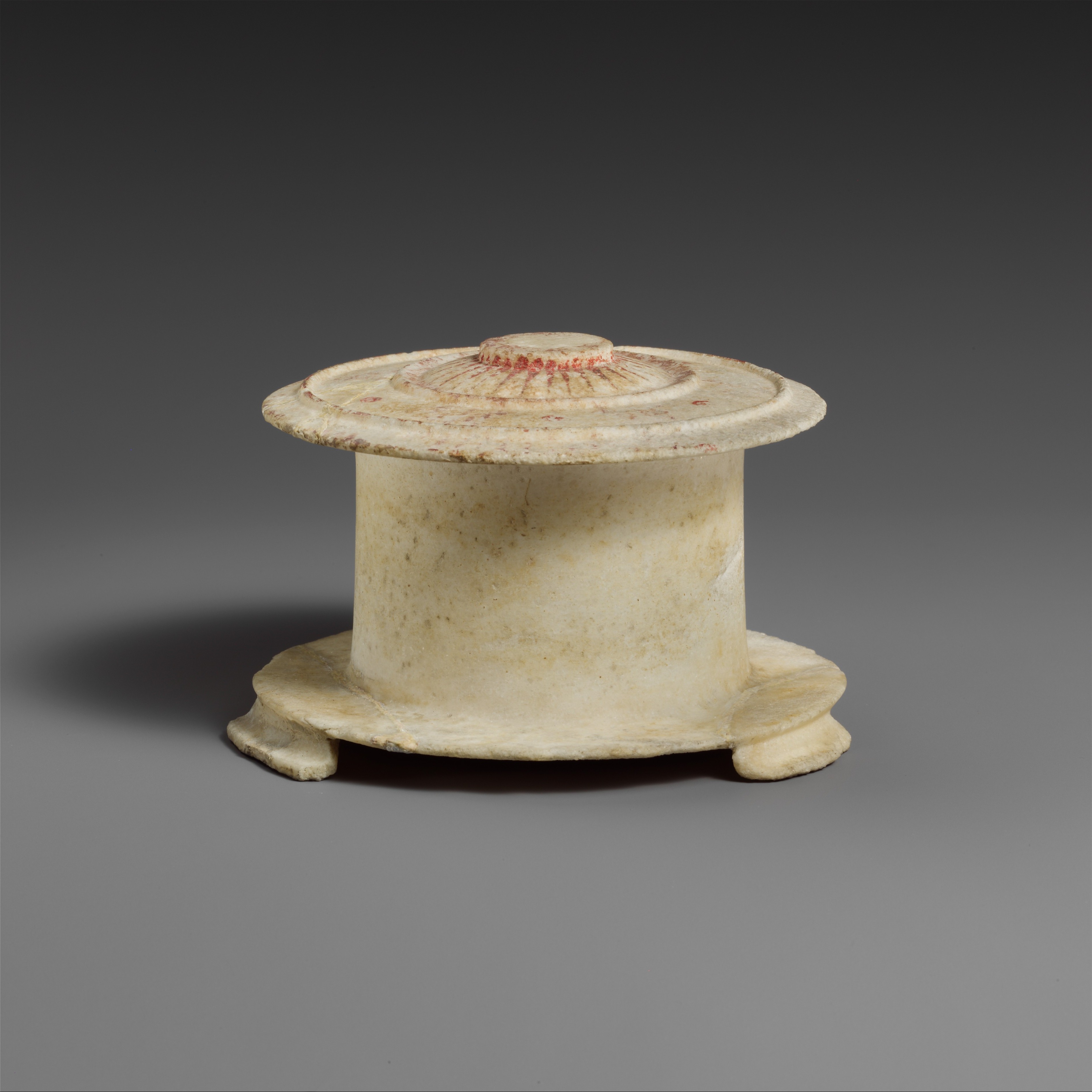


.jpg)





